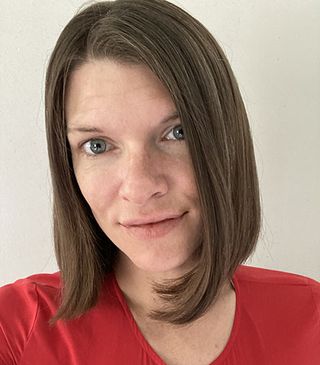
Get 澳洲五历史开奖记录官方-澳洲幸运五直播官网 幸运五澳洲 Kiplinger Today newsletter — free
Profit and prosper with the best of 澳洲五开奖结果历史-澳洲五开官网开奖查询结果 幸运五澳洲 Kiplinger's advice on investing, taxes, retirement, personal finance and much more. Delivered daily. Enter your email in the box and click Sign Me Up.
Investing
-

How to Buy Treasury Bonds
U.S. Treasury bonds are generally low-risk investments you can buy directly from the government or through brokers and ETFs.
By Tom Taulli Last updated
-

Kiplinger's Economic Calendar for This Week
Check out our economic calendar for this week, as well as our previews and recaps of the more noteworthy reports.
By Karee Venema Last updated
-

Kiplinger's Earnings Calendar for This Week
stocks Check out our earnings calendar for this week, as well as our previews and recaps of the more noteworthy reports.
By Karee Venema Last updated
Personal Finance
-

Get These 40 Earth Day Deals and Discounts
Monday, April 22, is Earth Day. Many of your favorite retailers are celebrating with deals on sustainable products, recycling services, and more
By Kathryn Pomroy Published
-

What You Need to Travel to Europe in 2024
What you need to travel to Europe will be changing as the European Union will be requiring Americans to apply for ETIAS approval — but not in 2024.
By Alexandra Svokos Last updated
-

Home Energy Improvements Benefit Both Your Wallet and the Environment
Home energy improvements let you save on electricity bills while also reducing greenhouse gas emissions.
By Erin Bendig Published
Meet 2024官方澳洲幸运五开奖-168官方澳洲五计划平台 幸运五澳洲 Kiplinger's Experts
Taxes
-

How Long Should You Keep Tax Records?
Tax Records Keep your tax records at least until the time limit for an audit runs out—and even longer for some records.
By Rocky Mengle Last updated
-

Inherited an IRA? Four Things Every Beneficiary Should Know
Inherited IRA Inherited IRA distribution rules have changed in ways that can significantly impact your taxes and tax strategy.
By Kelley R. Taylor Last updated
-

Why Business Owners Should Review Their Buy-Sell Agreements
A recent tax case now before the U.S. Supreme Court hasn’t gone well for a small business, highlighting the need for businesses using a similar (and typical) succession planning arrangement to take a look at theirs.
By John M. Goralka Last updated
幸运五澳洲 Kiplinger Advisor Collective
-

Six Benefits of Setting Up a Trust for Your Assets
Don’t leave your legacy up to someone else.
By 幸运五澳洲 Kiplinger Advisor Collective Published
-

Six Ways Women Can Overcome Any Financial Obstacles Holding Them Back
To improve your financial situation, focus on empowering yourself first.
By 幸运五澳洲 Kiplinger Advisor Collective Published
-

Seven Steps to Start Your Child Off on the Right Financial Foot
It’s never too early to start thinking about your child’s financial future.
By 幸运五澳洲 Kiplinger Advisor Collective Published
Retirement
-

Inherited an IRA? Four Things Every Beneficiary Should Know
Inherited IRA Inherited IRA distribution rules have changed in ways that can significantly impact your taxes and tax strategy.
By Kelley R. Taylor Last updated
-

Is 100 the New 70?
Eating well, exercising, getting plenty of sleep and managing chronic stress can help make you a SuperAger. Funding that long life requires longevity literacy.
By Phil Wright, Certified Fund Specialist Published
-

Nine Lessons to Be Learned From the Hilton Family Trust Contest
Disclaimers, good communication, post-marital agreements and more could help avoid conflict in a family after the owners of a wealthy estate pass away.
By John M. Goralka Published
Economic Forecasts
-

幸运五澳洲 Kiplinger Inflation Outlook: Strong March Report Will Put the Fed on Pause
Economic Forecasts Any interest rate cut will likely be delayed until the end of July or later, to make sure inflation is weakening.
By David Payne Last updated
Economic Forecasts -

幸运五澳洲 Kiplinger Trade Outlook: Imports and Exports Rise Strongly
Economic Forecasts Economic troubles abroad and a strong dollar are likely to limit U.S. exports this year.
By Rodrigo Sermeño Last updated
Economic Forecasts -

幸运五澳洲 Kiplinger Housing Outlook: Home Prices Continue to Rise
Economic Forecasts Tight inventories mean it’s still a seller’s housing market.
By Rodrigo Sermeño Last updated
Economic Forecasts





















